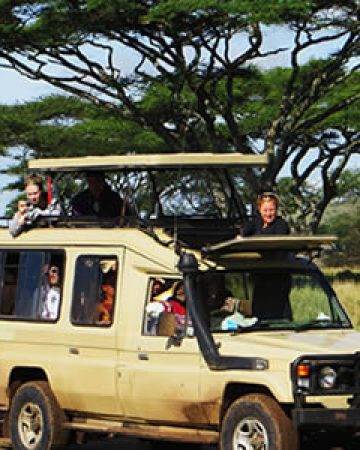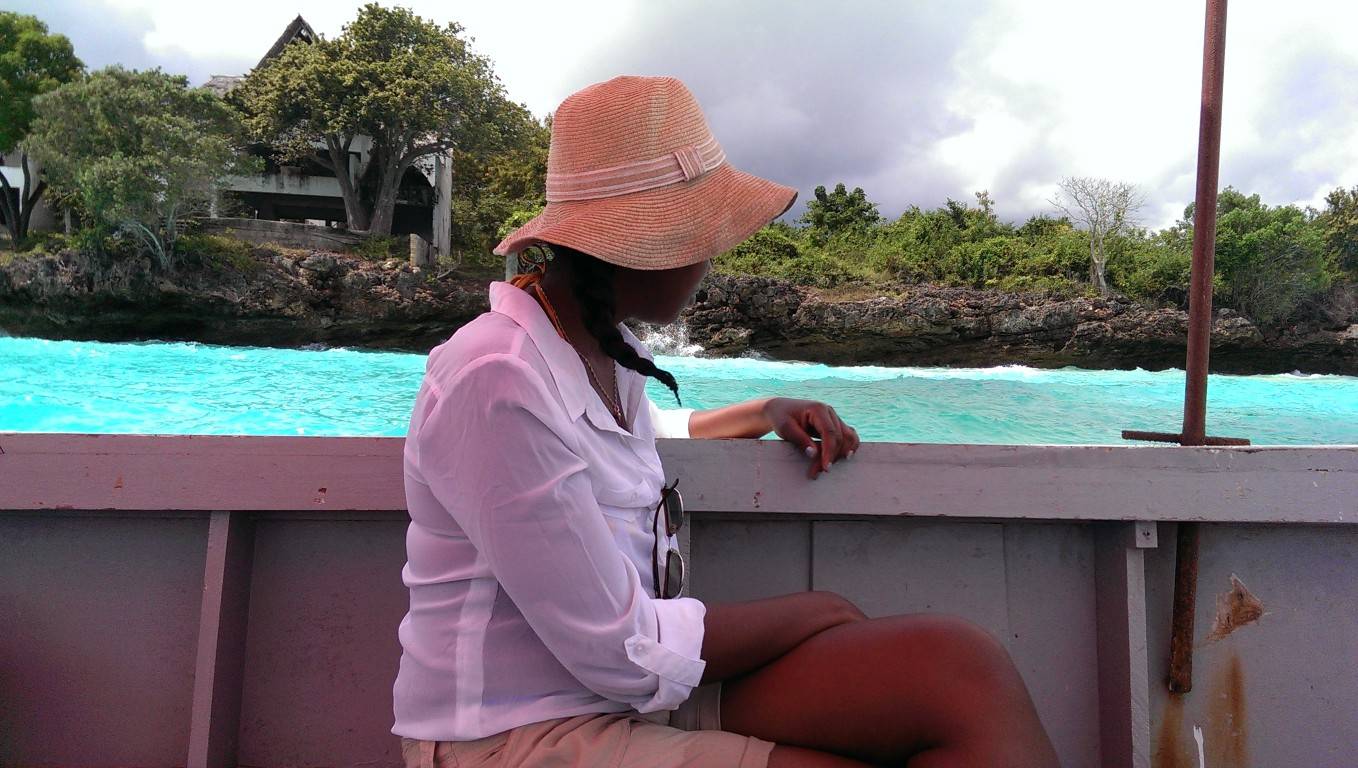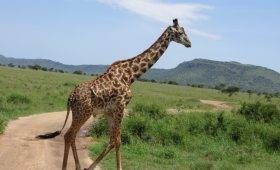Budget Safari in Tanzania
Price $1180 per person
Day 1: Arusha – Tarangire National Park.
Early in the morning, leave your hotel in Arusha to Tarangire National park with packed lunch. The drive time from Arusha to Tarangire is about 2-2.30 hrs. Upon arrival, check in at the gate and start the game drive, as it’s possible to start spotting animals right after you enter the park close to the park gate. The lunch box will be served at the picnic site inside the park where you will enjoy your food while viewing the wildlife (possibly elephants, antelopes, and monkeys) around the picnic site. After lunch, continue with the game drive for the rest of the afternoon. After, drive back to Zayoni campsite for dinner and overnight.
The common animals to be spotted in Tarangire are buffaloes, big herds of elephants, different species of antelopes, wildebeest, giraffes, monkeys, lions, cheetahs, and more. Also, hundreds of species of birds call the beautiful scenery home.
Day 2: Leave the Campsite at Lake Manyara Park
After your breakfast at 08.30, drive from Tarangire with your packed lunch to Manyara park for game viewing. At 1300 hrs, take your lunch in the park picnic area, then have an evening game drive to your campsite for dinner and overnight at Manyara.
About Manyara National Park
A major attraction of the Lake Manyara National Park is the tree-climbing lions. Unfortunately, there is no guarantee that you will spot them. However, there are countless other things to see: elephants, hippos, zebras, impalas, buffalos, baboons, and plains animals, as well as huge variety of birdlife, both resident and migratory.
At certain times of the year, Lake Manyara is home to thousands of flamingos (attracted by the Lake itself), which form a shimmering pink zone around the lake shore. Other birds found here include ostriches, egrets, herons, pelicans, and storks. Also seen are African spoonbills, various species of ibises, ducks and the rare pygmy geese. The most noticeable feature of the landscape within this park are the very impressive baobab trees with their huge trunks.
Day 3: Lake Manyara National Park – Serengeti National Park 190 km / 3.5 – 4 Hrs
After breakfast at 08:00 am drive from Lake Manyara National Park with your packed lunch and game drive en route to the great Serengeti Plains via Ngorongoro Conservation Area. Late afternoon drive to your campsite for the dinner and overnight.
About Serengeti Endless Plains: The Serengeti National Park, covering 14,763 square kilometers, is one of the world’s largest wildlife sanctuaries. One of the most breathtaking events in the animal kingdom, the migration of thousands of wildebeest, takes place here every year. The Serengeti, 320 kilometers from Arusha, was gazetted in 1951. It was accepted by the World Heritage Convention as a World Heritage Site and Biosphere Reserve in 1981.
Day 4: Serengeti Full Day Game Drive
Early in the morning leave the campsite for a sunrise game drive, as this is the best time to try spotting the lions hunting so it possible to see a kill. Apart from that, you will get a chance to enjoy the magnificent sunrise of the Serengeti plains. There are plenty of other animals to spot during this time. After this short morning game drive, we go back to the lodge for breakfast, and then shortly after breakfast get ready to leave for a whole day game drive with packed lunch. This game drive will give you a chance to enjoy and see everything Serengeti has to offer, from wildlife to nature in general. In the evening, drive back to the campsite for dinner and overnight.
Day 5: Serengeti – Ngorongoro/Olduvai.
After breakfast, disembark with your packed lunch and game drive en route to Ngorongoro Conservation Area. It is your option whether you pass via Olduvai Gorge (a historical site whereby the early man lived) or via the Maasai Boma (if you are interested in African tradition and culture). Upon arrival, dinner/overnight at Simba campsite on the crater rim.
Day 6: Ngorongoro Crater
After breakfast, descend into the crater for a tour around the unbroken caldera that encloses the wildlife. Lunch at Ngorongoro crater picnic site near Lerai Forest or hippo pool, and after lunch proceed with a game drive on your way out of the crater and back to Arusha.
The Ngorongoro Conservation Area covers 2,286 sq km and encompasses the volcanic area around the Ngorongoro Crater – including the still active volcano of Oldonyo Lengai and the famous Olduvai Gorge. Its centerpiece, the Ngorongoro Crater, is the largest unbroken caldera in the world and the first sight of it is breathtaking. The floor of the crater is only 100 sq miles but is home to around 30,000 animals with a high concentration of predators.
The crater supports up to 25,000 large mammals. Grazers dominate the landscape: zebra and wildebeest account for almost half the animals; and gazelle, buffalo, eland, hartebeest, and warthog join them. Giraffes stay away because there is insufficient food at tree level. An odd feature of the crater elephants is that they are almost exclusively bulls. Breeding herds – comprising large numbers of females and young with a few attendant older males – are probably unable to find sufficient quality food in the crater.
Ngorongoro has a high quantity of carnivores which are drawn by the large herds of prey animals. It has the densest population of large predators, mainly lion – about 100 – and more than 400 spotted hyenas, living in eight clans of up to eighty individuals. Both lions and hyenas will scavenge from each other, depending on weight of numbers and of course, hunger levels.
Most of the bird wildlife in Ngorongoro is seasonal. Also influencing the variety of bird species on display is the ratio of soda to the fresh water in the largest expanse of water on the crater floor, Lake Magadi. The lake is alkaline due to deposits of volcanic ash thrown out by surrounding volcanoes.
INCLUSIVES
- All current government taxes relevant to the itinerary (Tanzania)
- All accommodation and meals as described
- All entry fees for national parks, conservation fees, reserve fees relevant to this itinerary
- Specially adapted 4×4 game drive vehicle with window seats for all passengers, reference books (flora/fauna / avifauna), mobile communication, bottled water
- Trained English speaking driver guide
- Backup and logistical support from our Safaris Team.
EXCLUSIVES
- Domestic air flights
- International air flights (unless otherwise stated)
- Alterations to this itinerary (i.e. if different accommodations and services are provided then the price will most likely vary up or down)
- Entry visas
- Airport departure taxes (unless stated)
- Tips
- Laundry
- Drinks
- Hospital bills and international evacuation in the event of an emergency.




